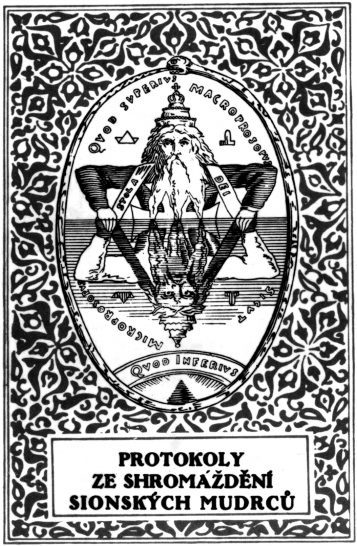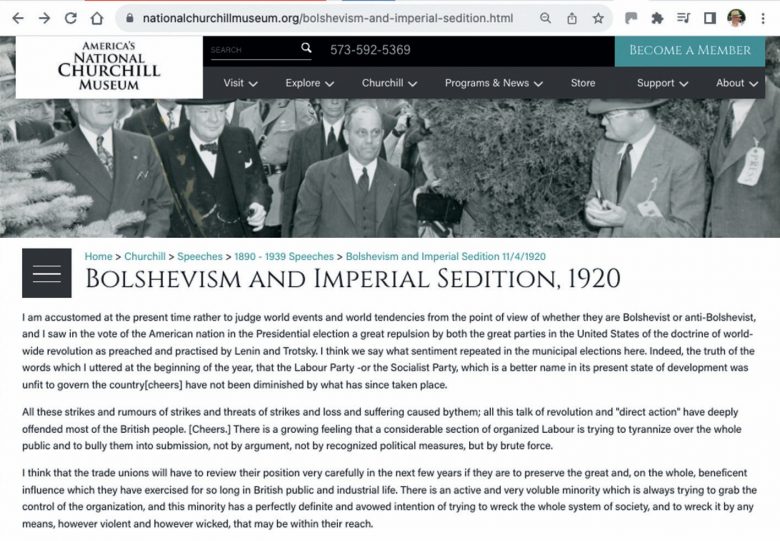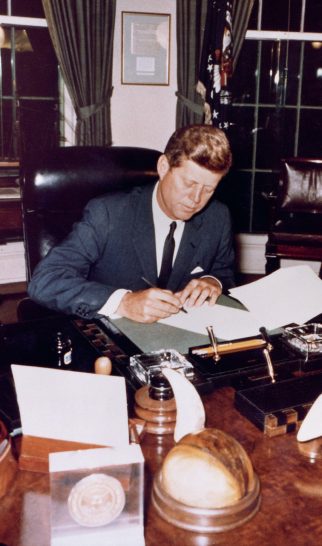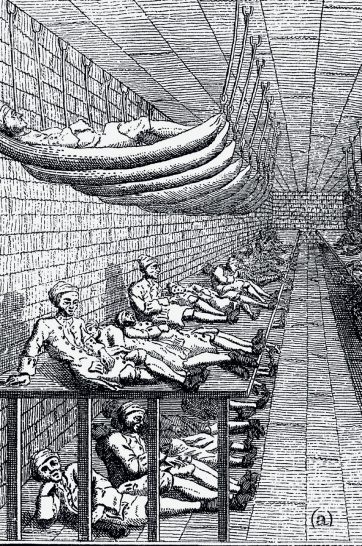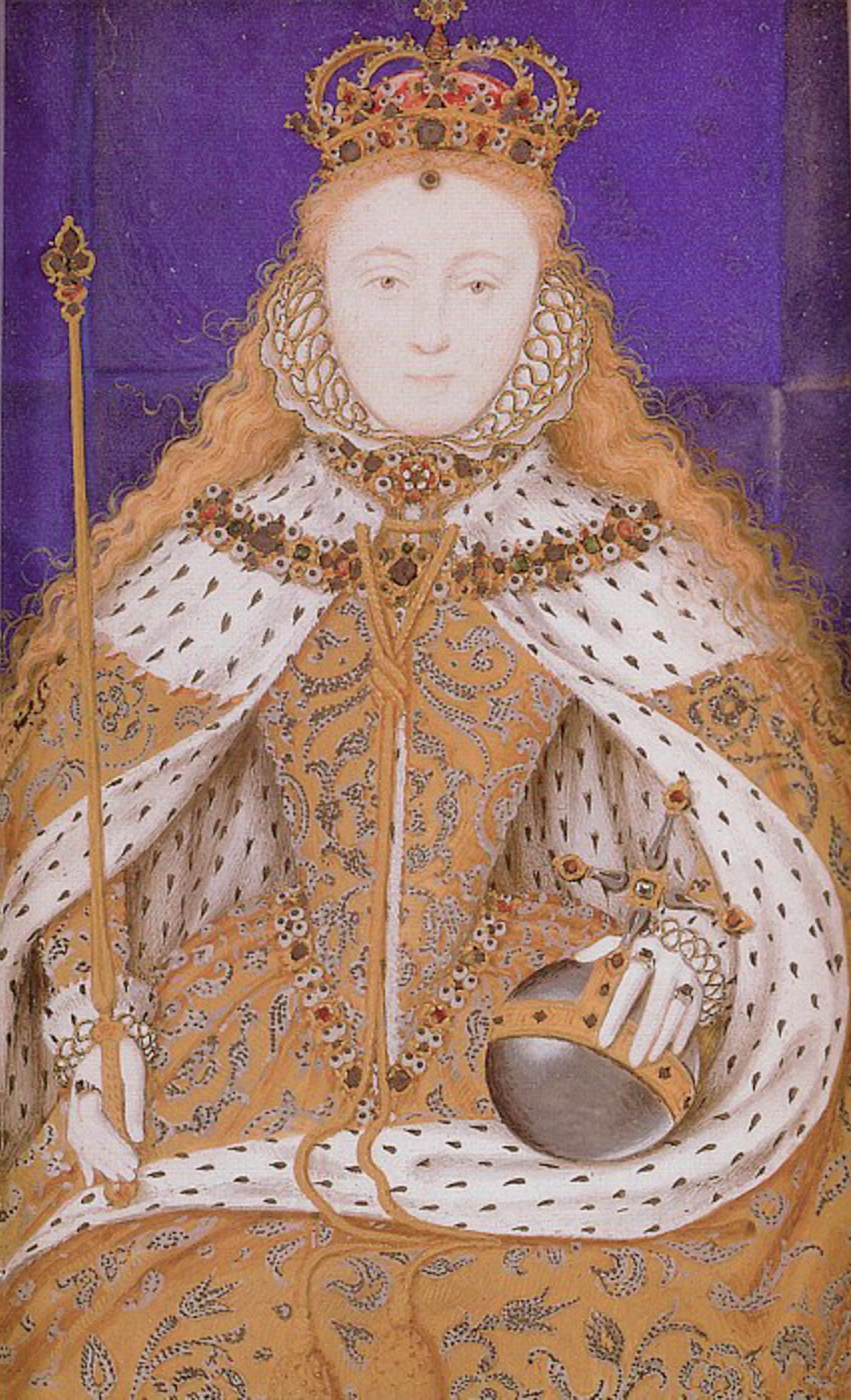
On 17 November 1558, Queen Elizabeth I became the last Tudor monarch of England. Having inherited a kingdom damaged by religious division, bankruptcy and conflict abroad, and with her legitimacy as queen questioned, she immediately faced several challenges to her reign.
Between 1533 and 1534, Henry VIII broke away from the power of the Catholic Church in Rome and established himself as supreme head of the new Church of England. His primary motive was to acquire the power to annul his marriage to Catherine of Aragon, which Pope Clement VII had prohibited, in order to wed Anne Boleyn, thereby increasing the likelihood of having a male heir.
Your organisation does not have access to this article.
Sign up today to give your students the edge they need to achieve their best grades with subject expertise
Subscribe

